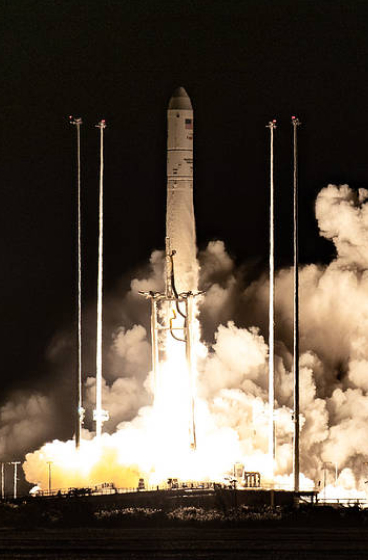PRISM
Portable Remote Imaging Spectrometer

The coastal zone is home to a high fraction of humanity and is increasingly affected by natural and human-induced events from tsunamis to toxic blooms and oil spills. Current satellite data provide a broad overview of these events but do not have the necessary spectral, spatial and temporal, resolution to characterize and understand them.
To address this gap, a compact, lightweight, airborne Portable Remote Imaging SpectroMeter (PRISM) compatible with a wide range of piloted and Uninhabited Aerial Vehicle (UAV) platforms was developed at the Jet Propulsion Laboratory. Optimized for the spectral range between 350 nm and 1050 nm, PRISM offers high temporal resolution and below cloud flight altitudes to resolve spatial features as small as 30 cm. The sensor performance defines the state of the art in light throughput, spectral and spatial uniformity, and polarization insensitivity.
PRISM also has a two-channel spot radiometer at short-wave infrared (SWIR) band (1240 nm and 1640 nm) in order to provide accurate atmospheric correction of the ocean color measurements.
The development of the PRISM instrument was supported by NASA Earth Science Technology Office, Airborne Sciences Program, and the Ocean Biology and Biogeochemistry Division.
































